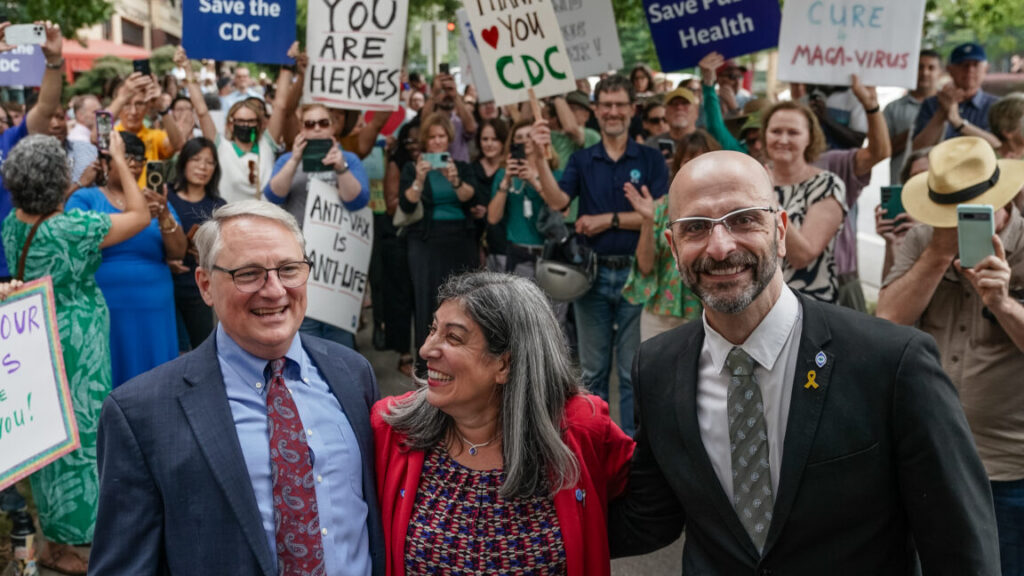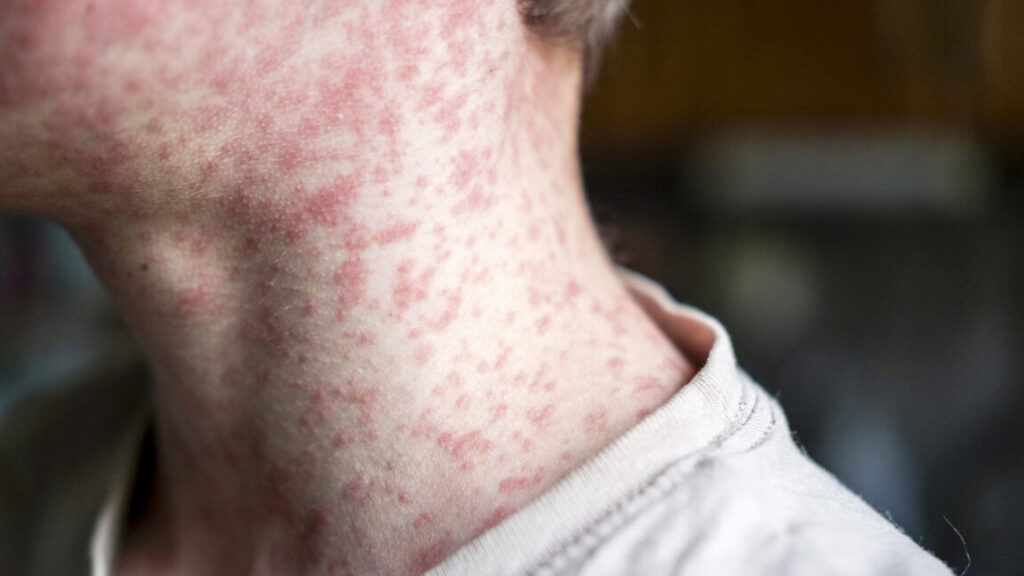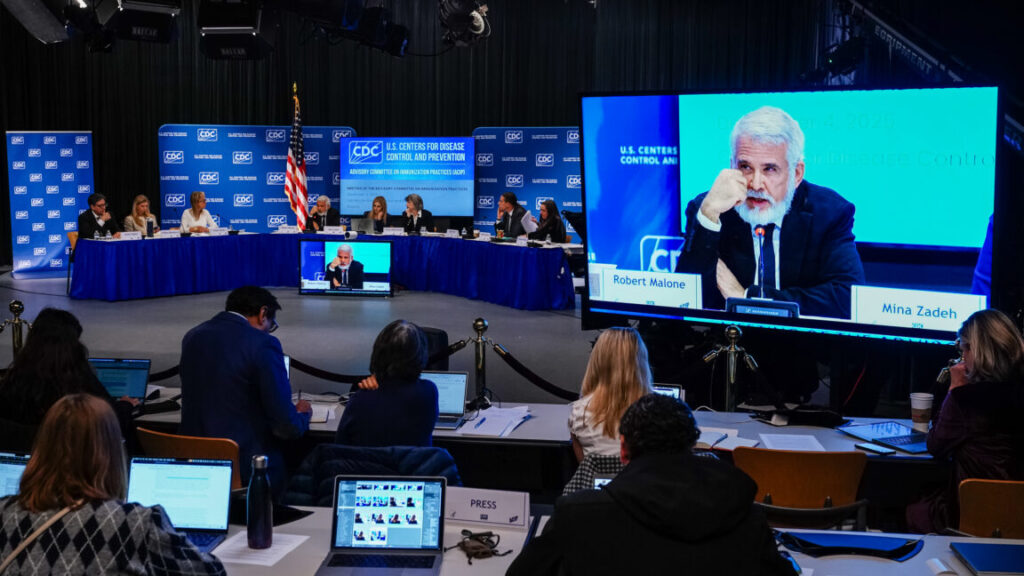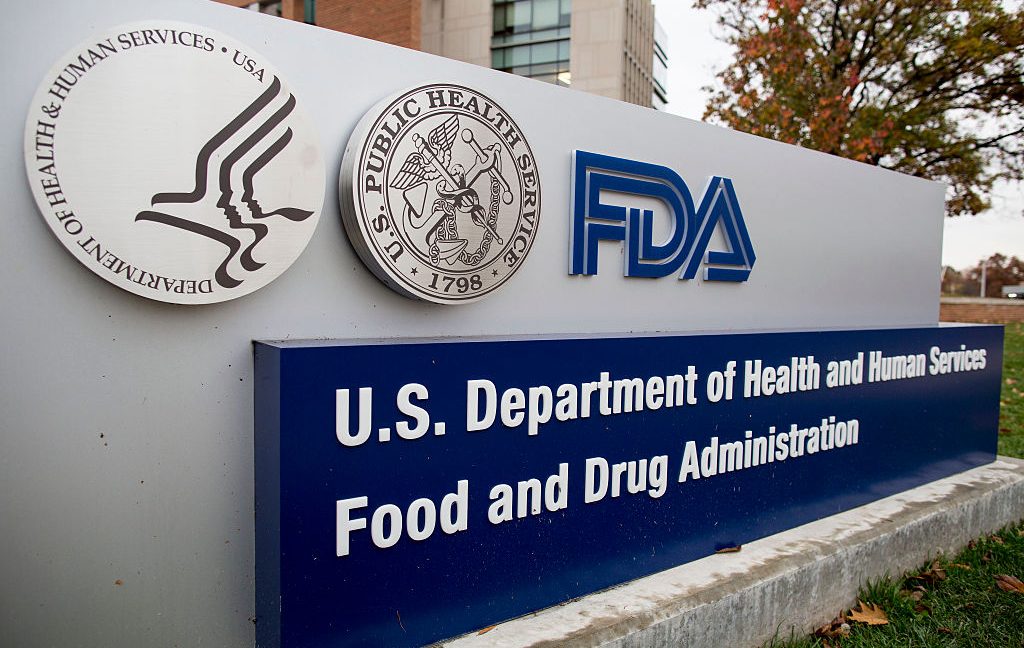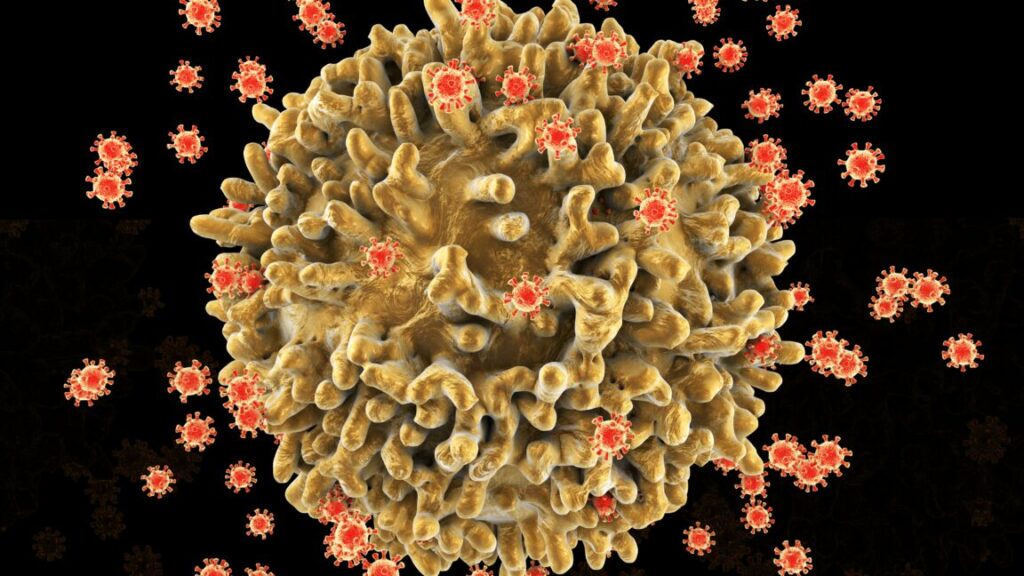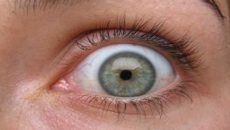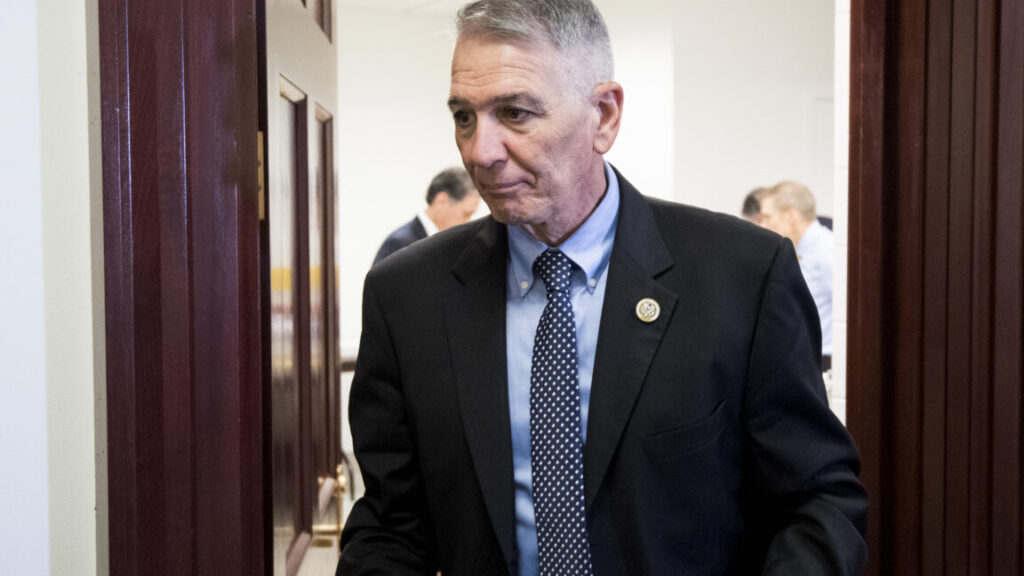Man shocks doctors with extreme blood pressure, stroke from energy drinks
Sometimes, downing an energy drink can feel like refueling your battery. But with too much, that jolt can turn into a catastrophic surge that fries the wiring and blows a fuse. That was the unfortunate and alarming case for a man in the UK several years ago, according to a case report this week in BMJ Case Reports.
The man, who was in his 50s and otherwise healthy, showed up at a hospital after the entire left side of his body abruptly went numb and he was left with clumsy, uncoordinated muscle movements (ataxia). His blood pressure was astonishingly high, at 254/150 mm Hg. For context, a normal reading is under 120/80, while anything over 180/120 is considered a hypertensive crisis, which is a medical emergency.
The man had suffered a mild stroke, and his extremely high blood pressure was an obvious factor. But why his blood pressure had reached stratospheric heights was far less obvious to his doctors, according to the retrospective case report written by Martha Coyle and Sunil Munshi of Nottingham University Hospital.
Upon examining the man, the doctors described him as fit and healthy. He didn’t smoke, drink, or use any drugs. His blood work was all completely normal. His cholesterol, blood sugar levels, markers for kidney and liver function—everything from routine tests came back normal. Specialized tests for things like autoimmune and clotting disorders were also negative. Heart tests found no problems. Urine tests and abdominal scans found no problems with his other organs.
Power surge
Still, a computed tomography (CT) scan of his head found evidence of spasms in arteries in his brain, which are strongly linked to high blood pressure. And magnetic resonance imaging (MRI) found an infarct (dead tissue) in his thalamus, a central, deep part of the brain, which, among many critical functions, relays sensory and motor signals. In all, it seemed his spasming arteries had cut off blood supply to this part of his brain, causing his stroke, subsequent numbness, and ataxia.
Man shocks doctors with extreme blood pressure, stroke from energy drinks Read More »



